When we choose board materials in the market, we often encounter names in English, and we may not be clear about what kind of materials they are. As a result, we hesitate to make choices. Therefore, we need to understand what MDF board is made of to determine if it can be used for decoration. Additionally, we need to know if MDF board contains formaldehyde.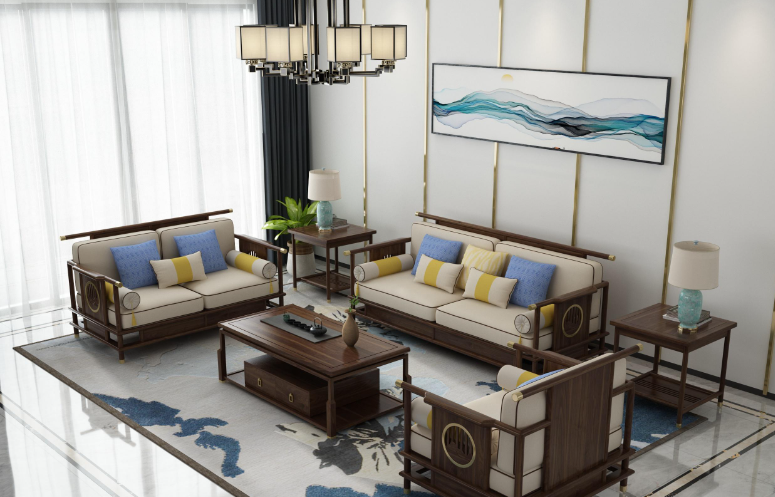
What is MDF board made of? MDF, short for Medium Density Fiberboard, is a wood-based decorative material. It is made by soaking and crushing wood, branches, and other objects in water and then pressing them. MDF is an engineered board made from wood fibers or other plant fibers bonded together with urea-formaldehyde resin or other suitable adhesives. MDF is commonly used in furniture production. The density of MDF typically ranges from 0.4 to 0.8 grams per cubic centimeter. MDF has a higher density compared to wood, and its fibers are well interwoven without any directional orientation. It is relatively soft when wet and exhibits significant plasticity when heated due to the softening of lignin and other components between fibers. Thin MDF boards are suitable for bending processing.
Does MDF board contain formaldehyde? MDF boards contain formaldehyde, primarily present in the industrial glue used in artificial boards. MDF is a type of density board, which includes long fiberboard and short fiberboard. It is made from wood fibers or other plant fibers that are crushed, separated, dried, and then bonded with urea-formaldehyde resin or other suitable adhesives before being pressed into boards through heat. Considerations:
- Check the uniformity of thickness and density, whether there is damage to the edges and corners, delamination, swelling, or carbonization, and whether there are soft parts.
- If conditions allow, soak a small piece of MDF board in water at 20°C for 24 hours and observe any changes in thickness and whether there are small blisters on the surface. Significant changes in thickness and the presence of small blisters indicate poor water resistance.
- Choose MDF boards with low formaldehyde emission levels. When selecting, use your sense of smell to detect minimal odor. A smaller odor indicates lower formaldehyde emission levels and less pollution.
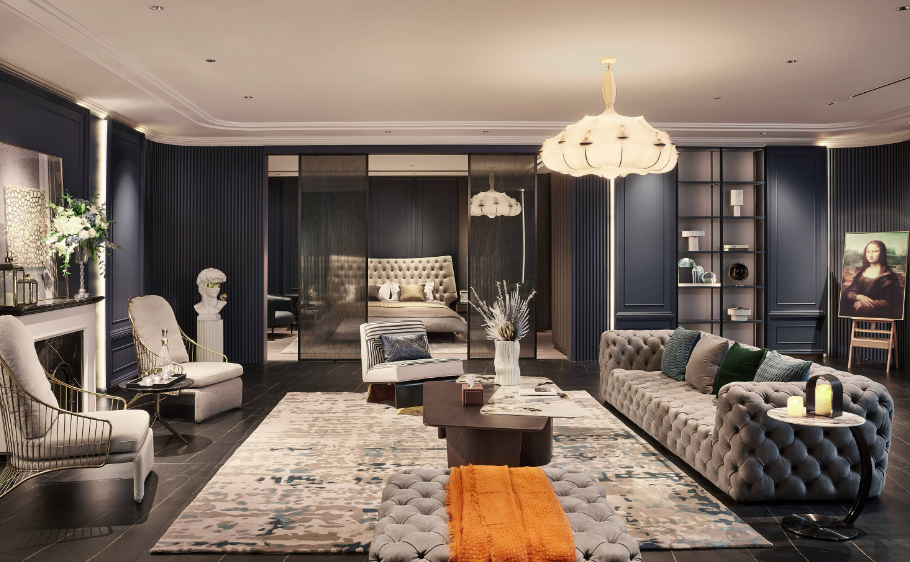

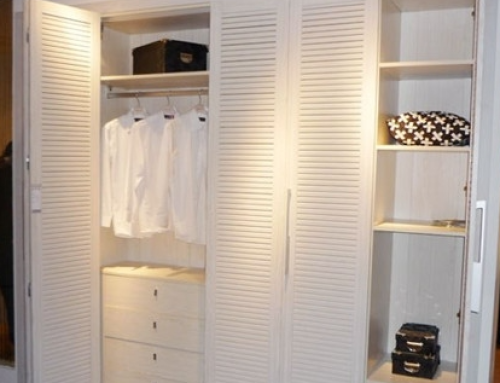
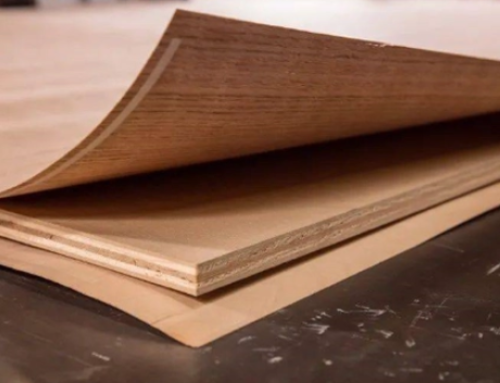


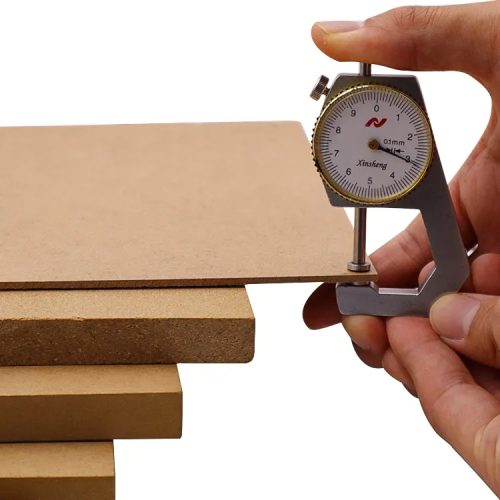
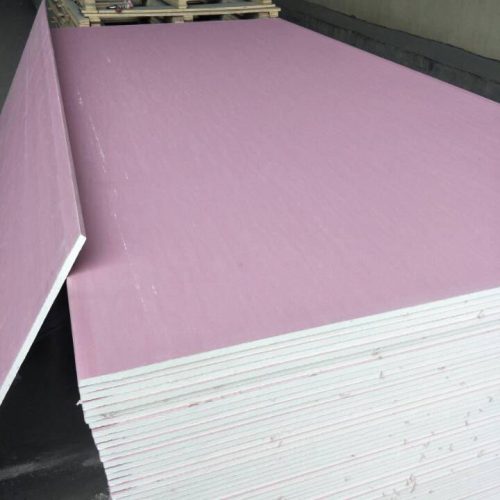
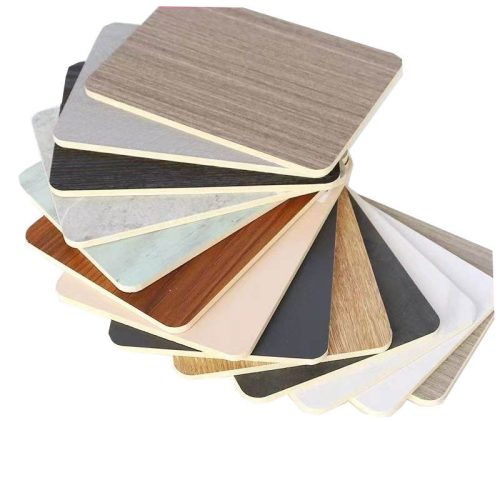

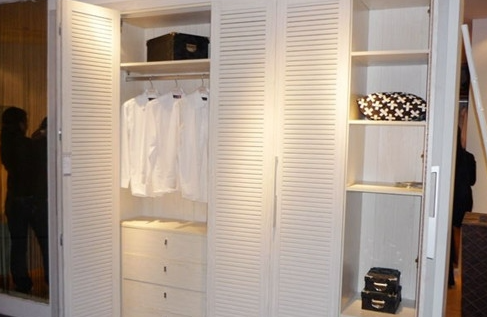
Leave A Comment